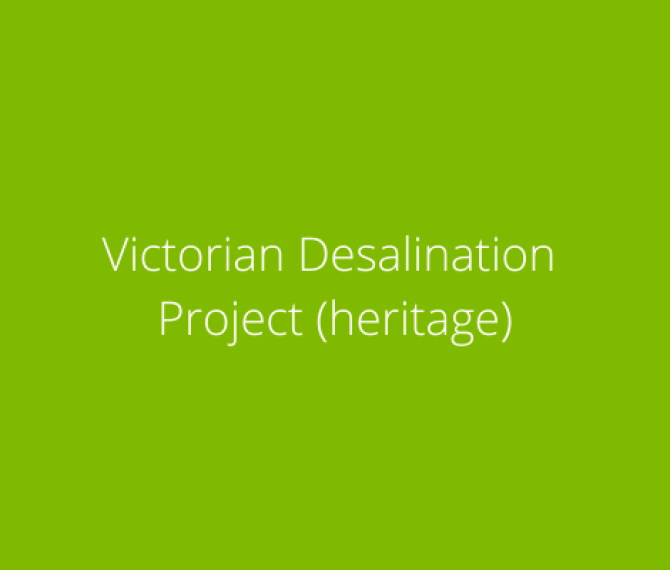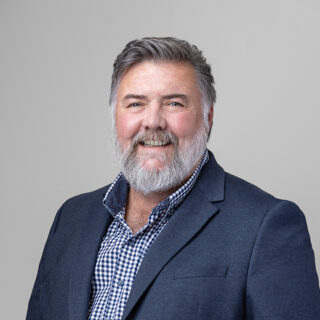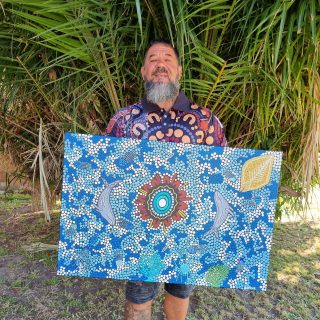Victorian Desalination Project (heritage)
Biosis provides Australia’s leading Heritage Services.
The Victorian Desalination $3 billion Wonthaggi development, located on the Bass Coast, was managed by the Department of Sustainability and Environment’s (DSE) Capital Projects Division.

The project announcement was met with a degree of controversy and community opposition, some of which related to perceived negative impacts on Victoria’s ecological values and cultural heritage.
As a leader in the field, Biosis was engaged to provide objective assessments of the Victorian Desalination Project site and the pipeline and transmission line corridors of the Victorian Desalination Project. Biosis has a long-established track record in cultural heritage assessment and is respected by government agencies and Aboriginal communities.
Biosis undertook the Cultural Heritage Assessment which contributed to the required Environment Effects Statement (EES). When that was completed, Biosis was commissioned to finish the project’s Cultural Heritage Management Plan (CHMP) under the Aboriginal Heritage Act (2006).
At the time, the Victorian Desalination Project was the largest single project to be approved under the new Aboriginal Heritage Act.
Initially, Biosis focussed assessments on the project site itself, undertaking field surveys and a trial excavation programme. Subsequent CHMP approvals required more detailed field investigations and reporting which were compressed over a short schedule to match the Victorian Government's project delivery deadline.
Biosis also facilitated the consultation and input process with three regional Aboriginal groups, Boon Wurrung Foundation, Bunurong Aboriginal Land Council and Wurundjeri Tribe Land & Compensation Cultural Heritage Council.
42 archaeologists, mapping staff and researchers and 36 Aboriginal representatives took part in the investigations which revealed seven new Aboriginal archaeological sites and one 19th century historical archaeological site at the plant location. A further 82 Aboriginal archaeological sites and 13 historical sites lay within the investigation corridor. Some of these sites had been discovered in earlier surveys, others were discovered during the course of the investigations.
The logistics of running these major investigations concurrently were challenging. Biosis was also carrying out extensive surveys for flora and fauna assessments at this time (see related case study) and working to maintain a consistent quality of data, continual mapping and reporting of many new sites. Data collation was a significant exercise in project management.
It is a tribute to all of those involved that three major CHMPs were completed and approvals granted for the selected options within the timescale required by the Victorian Government.
A considerable amount of good new archaeological data was gathered in the process and it was undoubtedly an advantage for our client that Biosis has considerable experience in managing large-scale field projects and in running these projects concurrently.
The Victorian Government received all required approvals for its desalination plant, and because Biosis undertook both ecology and heritage assessments for the project, our client was able to centralise much of the information flow and achieve more effective coordination of results.
Biosis, together with its collaborating organisations, Aboriginal groups, government agencies and all who contributed to the project, managed an extraordinary achievement to deliver quality, objective advice within a tight timeframe.
Anytime, know where you stand with Biosis.






